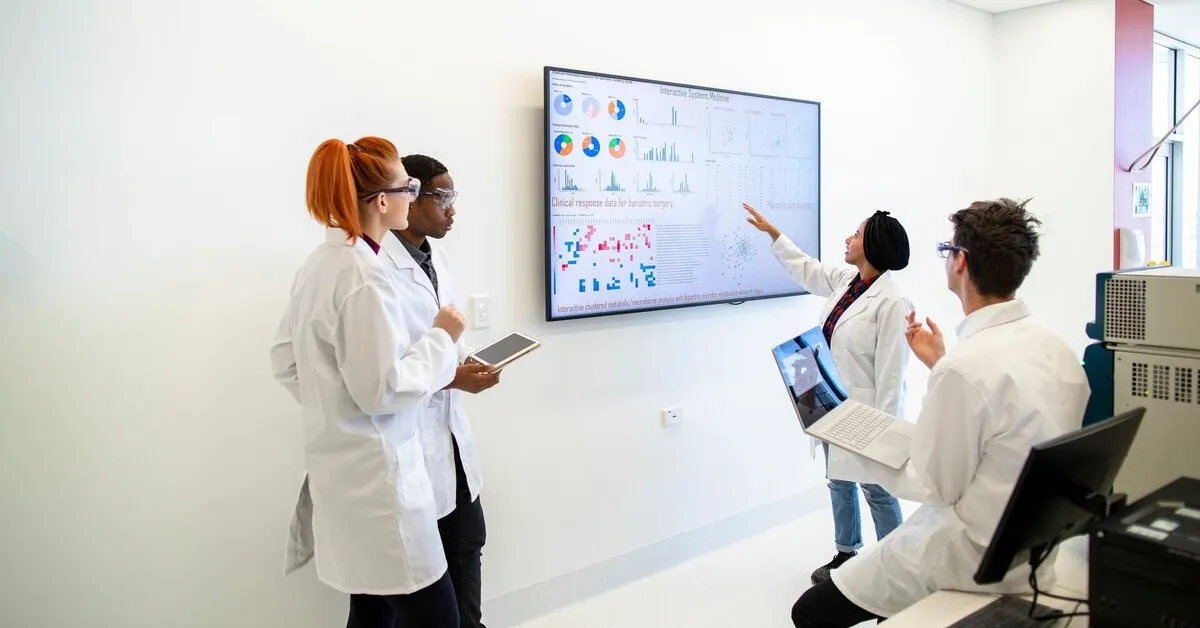The confluence of medical education and sustainable development has emerged as a critical frontier in the global quest for well-being. While the recognition of the importance of sustainable healthcare is growing, the journey towards integrating sustainability into medical education is not without its challenges. This comprehensive exploration delves into the multifaceted challenges faced in implementing medical education for sustainable development and proposes innovative solutions, offering a roadmap for navigating this transformative path.
1. Traditional Curricular Barriers:
One of the primary challenges impeding the integration of sustainable development into medical education lies in the traditional structure of medical curricula. The conventional emphasis on clinical proficiency often sidelines broader considerations such as environmental, ethical, and social dimensions of healthcare. This compartmentalization poses a significant hurdle to the holistic understanding needed to address the complexities of sustainable medical practice.
Solution: Reimagining Curricula for Holistic Education
Addressing this challenge necessitates a paradigm shift in the design of medical curricula. Medical institutions must actively reimagine and restructure their educational frameworks to incorporate sustainability as a core element. By infusing coursework with interdisciplinary perspectives, institutions can ensure that medical professionals are equipped with the knowledge and skills to navigate the interconnected challenges of health and sustainability.
2. Resistance to Change:
A substantial challenge in the implementation of sustainable medical education stems from resistance to change within educational institutions and among healthcare professionals. The inertia of traditional mindsets, which often separate medical science from sustainability principles, creates barriers to the adoption of innovative and eco-conscious practices.
Solution: Fostering a Culture of Adaptability
Overcoming resistance necessitates the creation of a culture that embraces adaptability. Awareness campaigns, workshops, and open dialogues are pivotal in breaking down preconceived notions. Showcasing the tangible benefits of sustainability in healthcare through case studies and success stories can effectively demonstrate the positive impact of change. Institutions can play a crucial role in leading this cultural transformation by encouraging a mindset that values sustainability as integral to medical education.
3. Resource Constraints:
Limited funding and access to relevant materials represent formidable obstacles to the development and implementation of sustainable medical education initiatives. The financial constraints often faced by educational institutions hinder the creation of updated, eco-friendly teaching resources and the adoption of sustainable technologies.
Solution: Advocacy, Collaboration, and Digital Innovation
Advocating for increased financial support for sustainable medical education is paramount. Collaboration with sustainable healthcare organizations can provide valuable resources and expertise. Additionally, exploring cost-effective digital solutions, such as online platforms and open educational resources, can mitigate resource constraints. The use of technology not only enhances accessibility but also aligns with the principles of sustainability by reducing the carbon footprint associated with traditional educational methods.
4. Limited Exposure to Global Health Inequities:
Medical students may have limited exposure to global health issues, including disparities in healthcare access and outcomes. This lack of exposure hampers the development of a comprehensive understanding of the interconnected nature of health and sustainability.
Solution: Global Health Education Programs and Experiential Learning
Implementing global health education programs, international clinical rotations, and experiential learning opportunities can broaden students’ perspectives. Exposure to diverse healthcare settings and challenges equips future healthcare professionals with a nuanced understanding of global health inequities and the role of sustainability in addressing these disparities.
5. Advocacy for Policy Change:
Empowering students and healthcare professionals to become advocates for policy change within healthcare institutions is crucial. By influencing policies that support sustainable practices, individuals can contribute to shaping a more environmentally conscious and socially responsible healthcare system.
Solution: Building Advocacy Platforms
Educational institutions can foster a culture of advocacy by providing platforms for students and professionals to engage with policymakers and stakeholders. This could involve organizing conferences, seminars, and forums where ideas for sustainable healthcare practices can be discussed and advocated. Building a community of advocates within the medical field strengthens the collective voice for policy change.
6. Interdisciplinary Collaboration:
Promoting interdisciplinary collaboration is a fundamental solution to several challenges in implementing sustainable medical education. By fostering partnerships between medical professionals, environmental scientists, and social scientists, institutions can create comprehensive curricula that address the complex relationship between healthcare and sustainability.
Solution: Creating Collaborative Platforms
Establishing platforms for interdisciplinary collaboration is essential for the successful implementation of sustainable medical education. Conferences, research initiatives, and joint projects can facilitate the exchange of knowledge and ideas among professionals from different disciplines. These collaborative efforts can result in holistic educational programs that prepare medical professionals to navigate the multifaceted challenges of sustainable healthcare.
7. Experiential Learning Opportunities:
Incorporating experiential learning opportunities is crucial for providing students with tangible experiences of sustainable healthcare practices. These hands-on initiatives not only enhance students’ understanding of sustainable principles but also empower them to become advocates for positive change in the medical field.
Solution: Implementing Practical Initiatives
Medical institutions can develop and implement practical initiatives such as fieldwork, community engagement projects, and internships that expose students to real-world applications of sustainable healthcare. These experiences allow students to witness the impact of sustainable practices firsthand and contribute meaningfully to community well-being.
8. Global Knowledge Exchange:
Establishing platforms for international collaboration and knowledge exchange is essential for sharing successful models and best practices in sustainable medical education. Learning from diverse experiences around the world can inspire innovative approaches and help overcome challenges that may be common across different regions.
Solution: Virtual Exchanges and Global Partnerships
Virtual exchanges, collaborative research projects, and global partnerships between medical institutions can facilitate the sharing of knowledge and experiences. These initiatives create opportunities for students and faculty to engage with diverse perspectives and learn from successful models implemented in different healthcare settings globally.
Conclusion
In conclusion, while the challenges in implementing medical education for sustainable development are multifaceted, proactive measures and collaborative efforts can pave the way for transformative change. By addressing traditional curricular barriers, fostering a culture of adaptability, securing resources, and promoting interdisciplinary collaboration, the global community can ensure that future healthcare professionals are well-equipped to address the complex challenges of a sustainable and resilient healthcare system.




